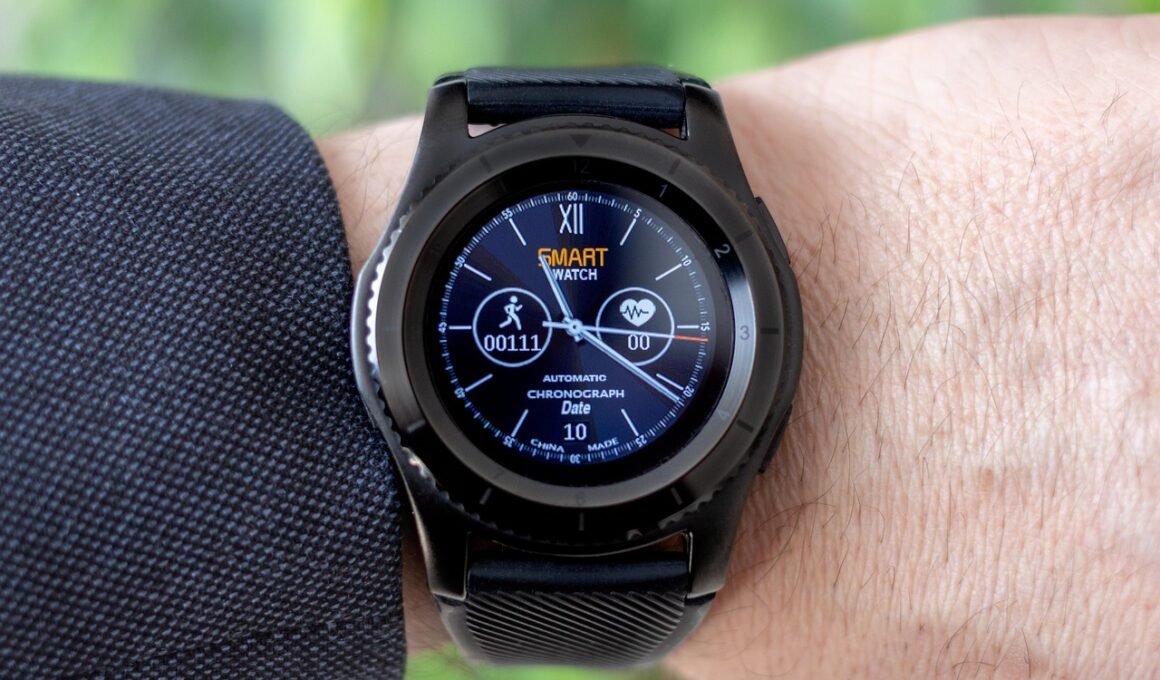Guidelines for Safe Heart Rate Limits During Exercise in Aging Adults
As we age, maintaining physical activity becomes essential for overall health and wellness. One critical aspect for aging adults is understanding their heart rate during exercise. Monitoring heart rate can help ensure safety while maximizing the benefits of physical activity. In general, the maximum heart rate can be estimated as 220 minus the person’s age. For example, a 65-year-old would have an estimated maximum heart rate of 155 beats per minute (bpm). This estimation serves as a tool to help individuals identify their safe limits during exercise.
To determine a safe exercise intensity, aging adults should aim for a heart rate within 50-70% of their maximum heart rate. This target heart rate range promotes cardiovascular fitness while minimizing the risk of overexertion. Using the previous example, a target heart rate for the 65-year-old would be between 78 bpm and 109 bpm. Engaging in moderate-intensity activities like walking, swimming, and cycling can effectively keep heart rates within this range. Over time, as fitness levels improve, these targets may be adjusted to reflect increased capabilities.
Importance of Warm-Up and Cool-Down
Engaging in a proper warm-up and cool-down routine is vital for aging adults. Warm-ups help increase blood flow to muscles and elevate the heart rate gradually before starting the main exercise. Furthermore, a cool-down permits the body to recover and return the heart rate back to resting levels safely. Gentle stretches and lower-intensity movements are effective additions to both warm-up and cool-down practices. Neglecting these elements can lead to injuries or unplanned spikes in heart rates, making monitoring essential.
Heart rate monitors can provide valuable feedback to older adults during exercise sessions. Various types of monitors, including wrist-based devices, chest straps, and smartphone apps, are available. Utilizing these technology aids can help determine if an individual is staying within their safe heart rate limits. Moreover, these monitors may assist individuals in making necessary adjustments to their workout routines accordingly. Regardless of the monitoring method chosen, consistency is crucial for long-term results and safety during exercise.
Recognizing Warning Signs
Aging adults should be aware of potential warning signs during exercise, as these can indicate the need for immediate modifications. Symptoms such as dizziness, shortness of breath, or chest pain should not be ignored. If any of these symptoms occur, individuals should stop exercising and consult a healthcare professional for guidance. Listening to one’s body is essential for safe, enjoyable workouts. Awareness of personal limits and physical responses fosters a sustainable and effective exercise routine.
Maintaining a balanced exercise regimen that includes strength training, flexibility exercises, and cardiovascular activities is paramount in promoting overall health in older adults. Mix different workout types to optimize physical fitness while remaining within safe heart rate limits. For instance, incorporating activities like yoga, weight lifting, and aerobic exercises can enhance muscle strength, flexibility, and endurance. Always consult with a healthcare provider before starting any new exercise program, especially for individuals with pre-existing conditions or concerns about heart health.
Conclusion: Prioritizing Safe Practices
In conclusion, prioritizing safe heart rate limits during exercise is crucial for aging adults. Engaging in regular physical activity while monitoring heart rate ensures the maintenance of health, fitness, and overall well-being. By understanding personal limits, using proper monitoring tools, and being mindful of the body’s signals, older adults can enjoy an active lifestyle without undue risk. Always remember, consult healthcare professionals for personalized advice and support in developing an appropriate exercise program tailored to individual needs.
With the right strategies in place, aging adults can find enjoyment in physical activity while taking necessary precautions. Remember that being active is vital for maintaining independence, enhancing quality of life, and prolonging healthy years. Focus on gradual progress, keeping safety as the top priority while working towards fitness goals. Exercise is not only beneficial for physical well-being; it also contributes positively to mental health by promoting social interaction and boosting confidence levels.


